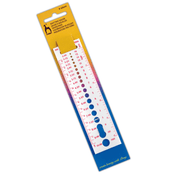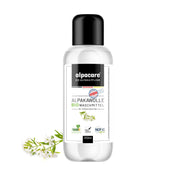There are some important points to consider when comparing alpaca yarn to other fibers like wool or merino wool. Let's go through the key differences:
Fiber properties and softness: The thickness of the fibers plays a big role when it comes to softness. Alpaca fibers are about 15 to 30 microns in diameter, while merino wool is between 11.5 and 24 microns. The finer the fibers, the softer the yarn - this is why both alpaca and merino feel wonderful against the skin and are ideal for clothing that is worn next to the body.
Warmth and insulation: This is where alpaca really scores! The fibers have developed in such a way that they can enclose small air chambers. These act as natural insulation and make alpaca warmer than conventional wool. At the same time, it remains light - perfect for cozy winter clothing without making you feel like you're wrapped in a blanket.
Durability and pilling: Another advantage of alpaca is its durability. The long and robust fibers are resistant to pilling, i.e. those annoying little balls that form over time. Merino wool has a slight advantage over normal wool here due to its fineness, but it can't quite match alpaca in terms of durability.
Moisture management: Both merino and alpaca fibers are great at wicking moisture away from the skin. This makes it comfortable to wear and helps regulate temperature. But alpaca has a key advantage here: it does not contain lanolin (unlike sheep's wool). This makes it hypoallergenic and therefore ideal for sensitive skin.
Colors and dyeability: Alpaca comes naturally in around 22 colors - from cream white to brown to deep black. This means that you often don't need any additional dyeing to create beautiful color accents. Both alpaca and sheep's wool fibers absorb dyes well, but alpaca scores points for its excellent color fastness - the colors simply stay beautiful for longer.
Alpaca boasts unparalleled warmth, durability and hypoallergenic properties. Merino, on the other hand, has slight advantages in terms of moisture absorption and the fineness of the fibers. Both fibers have their strengths, and which one you choose depends entirely on what you are planning: Do you want your project to be super soft, particularly durable or easy to wear? Think about what suits your knitting or textile project best - and get started!




